Dammed If You Do, Dammed If You Don’t
Dammed If You Do, Dammed If You Don’t
Springtime continues in New England, and the weather is more temperamental than my mother in law during family vacation. The temperatures have been a delightful 65 degrees, just for them to plummet below freezing and for a blanket of snow covers the earth once again. Those who garden often struggle with timing their planting before the last frost, because that frost can come as late as May around these parts. I don’t garden, but I am anxiously awaiting the “final” frost so I can get out fishing and squatchin’ while wearing shorts.
This last week, I found myself in a local town forest, the town of Epsom in the county of Merrimack in the State of New Hampshire. This “town forest” used to be a logging site, and there are plenty of remnants of that prior purpose. An old logging road is now the hiking trail through the woods, and old stone walls and structures litter the landscape.
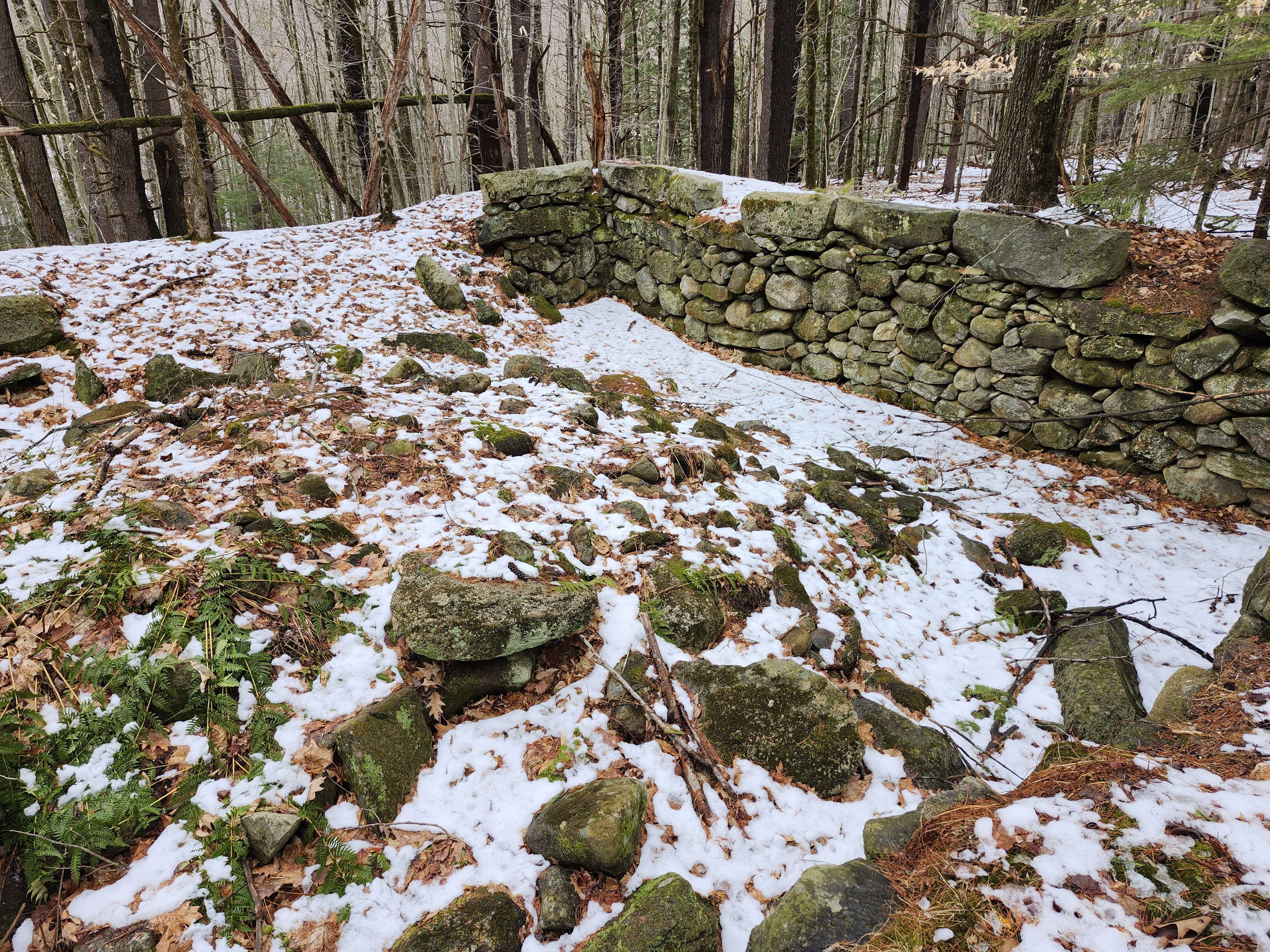
Many of the trees in this area are less than 20 years old, yet the forest has regrown around this previously stripped region. However, a new breed of lumberjack has moved in to this territory.
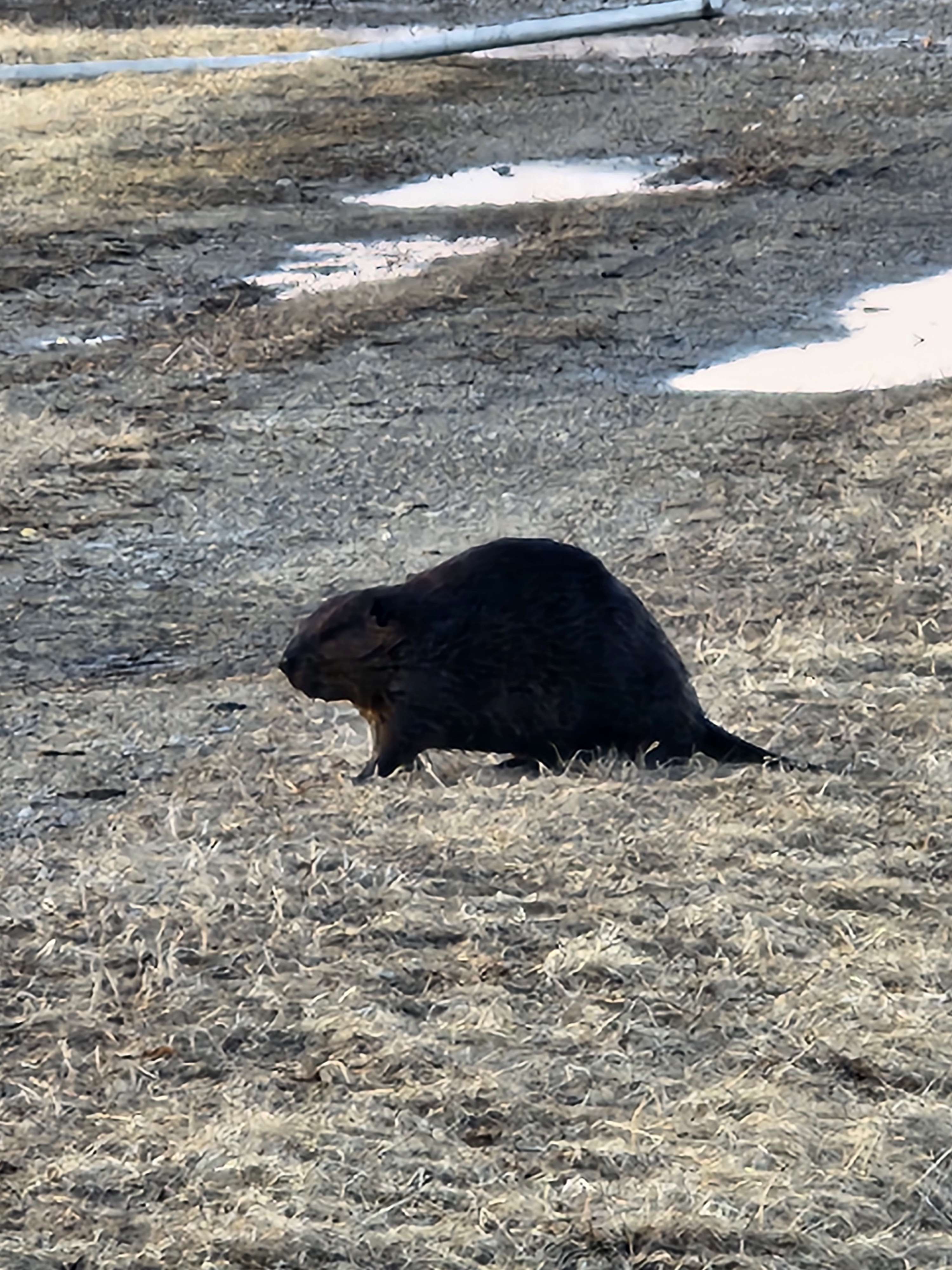
These furry architects have moved into the area, and the streams and brooks that used to flow freely have now been transformed into calm pools of water. It is in these pools where the new lumberjacks have erected lodges to keep their families warm and comfortable throughout the unforgiving winter. But before construction, beavers must harvest enough timber for the project. They chew into the trunk of the tree, until a point is formed the gravity does the rest of the work.
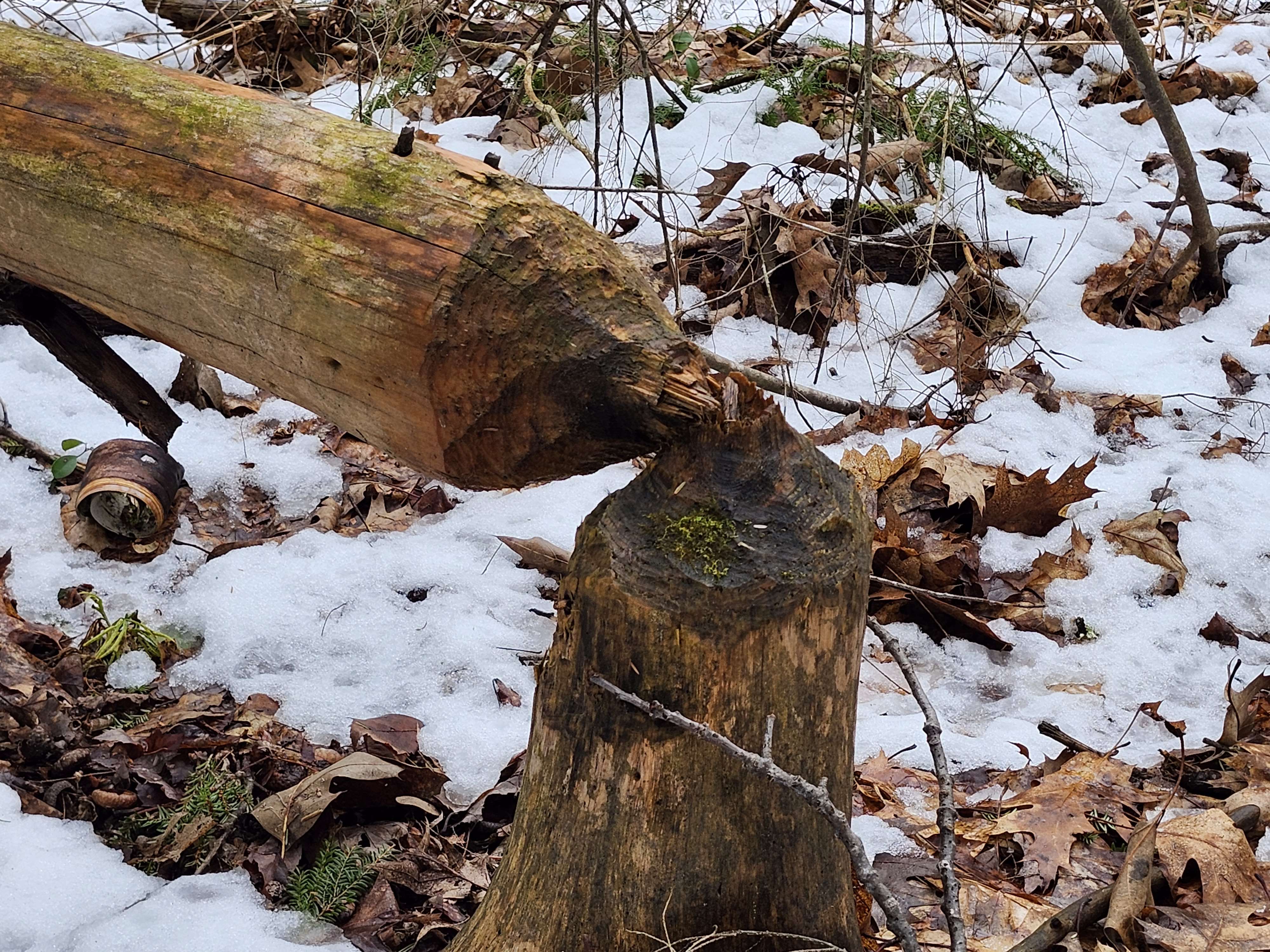
Beavers are the only creatures in North America (besides maybe the prairie dog) that have been known to alter its environment to suit its needs. When they hear the sound of running water, they simply say “not today!” and begin the construction of their dams. These dams create calm pools of water in which they can build their lodges.
Again, just like with the spring peepers, you may be asking yourself “why does Jeb care about beavers, and how does this connect to Sasquatch?” The following evidence makes me scratch my head.
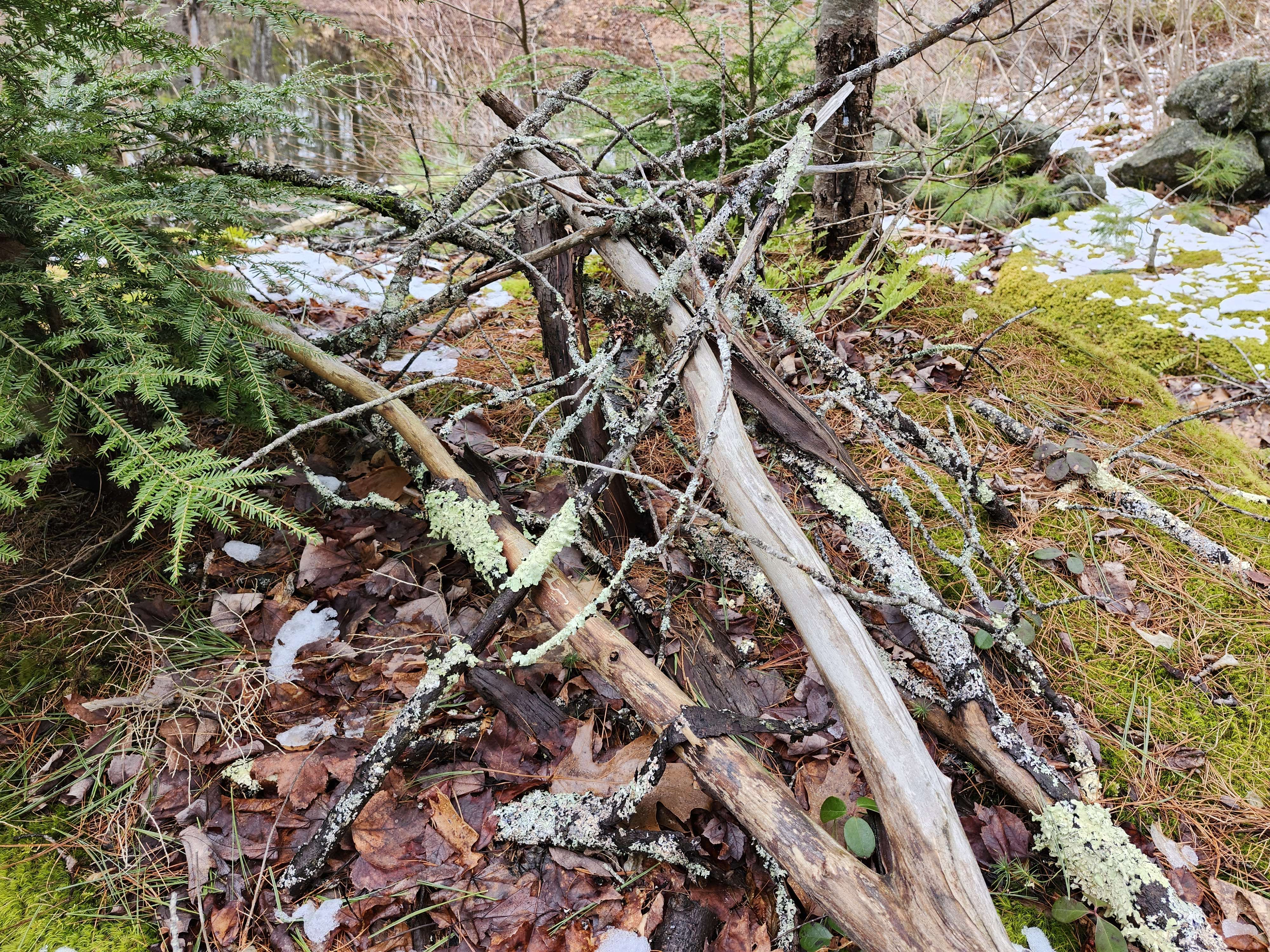
This particular wooden structure cannot be explained by beaver activity. To build a dam, beavers stack up relatively long and thick logs between banks and in opposite directions. Heavy rocks keep them stable, and grass is packed between them. Beavers continue to pile on more material until the dam slopes in a direction facing upstream. Essentially, they drag logs and compress timber and building materials until a wall structure is formed. The force of the water flowing assists with this task, by compressing the looser materials in between the firmer logs, and ultimately creating a dense wall of timber, rock, and plant material.
The wooden structure depicted above is more delicate that that. It isn’t forced together with the power of flowing water. It is deliberately build to create this chamber underneath the “dome” for lack of a better word. This structure required finesse. This structure required dexterity. This structure required THUMBS.
The purpose of structures such as this is debated in the Sasquatch researcher community. Some say that these structures are used to mark territory, or to mark graves. Some say that these structures are used to mark game trails, and potentially as a type of snare for capturing prey.
My theory is that structures like these are used as makeshift shelters for when the weather gets a little too inclement, even for those covered in thick fur. I believe that this is a skeleton of a previous winter shelter, and what we are seeing is the remnants after a cold season. I am going to keep my eye out for a more complete structure, maybe with leaves or mud filling the gaps. But until then, ol’ Jeb’s theory remains a theory.
This area had other signs of Sasquatch, including trees that had been felled by means other than chewing. While there were many trees with the trademark beaver chew marks on them, there were also trees that appeared to have been ripped apart.
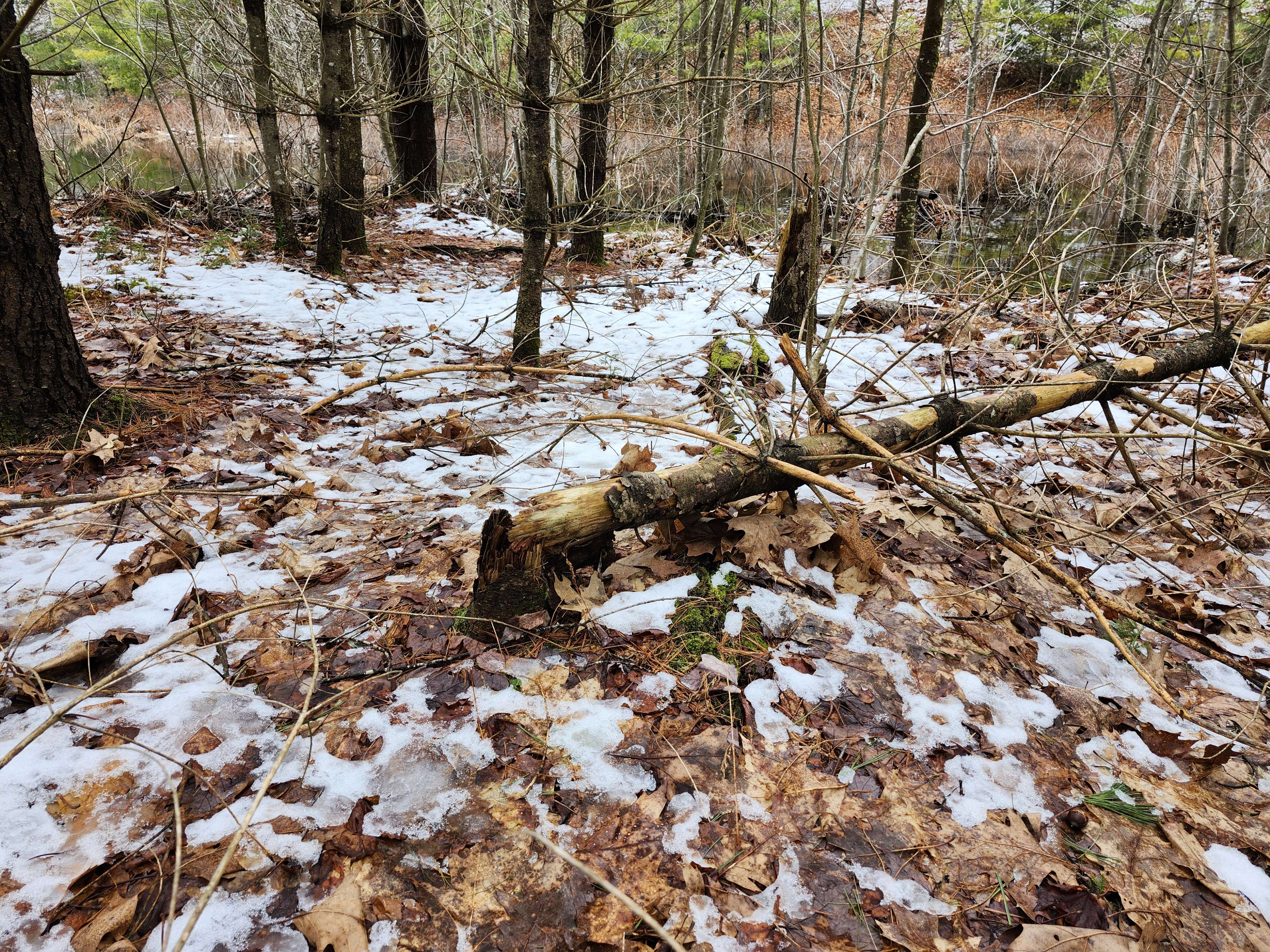
There appears to be overlap in areas of beaver activity and Sasquatch activity. There must be some kind of symbiotic relationship between beavers and Sasquatch. Water is an important resource, and calm water also introduces new resources including a food source. Many birds stop at these pools, many amphibians find their homes in these pools as well. These pools are directly caused by beavers, so wherever you find beavers, I suspect you’ll find Sasquatch.
So wherever you are, keep your eyes on the ground and your mind on Sasquatch!
Stay tuned for future expeditions into the unknown! Keep on Squatchin’!



